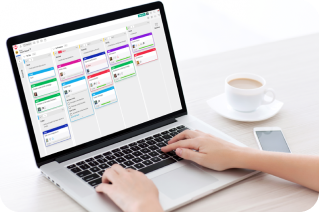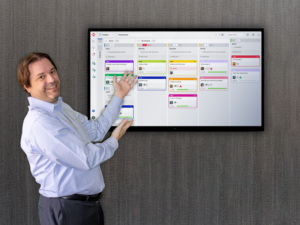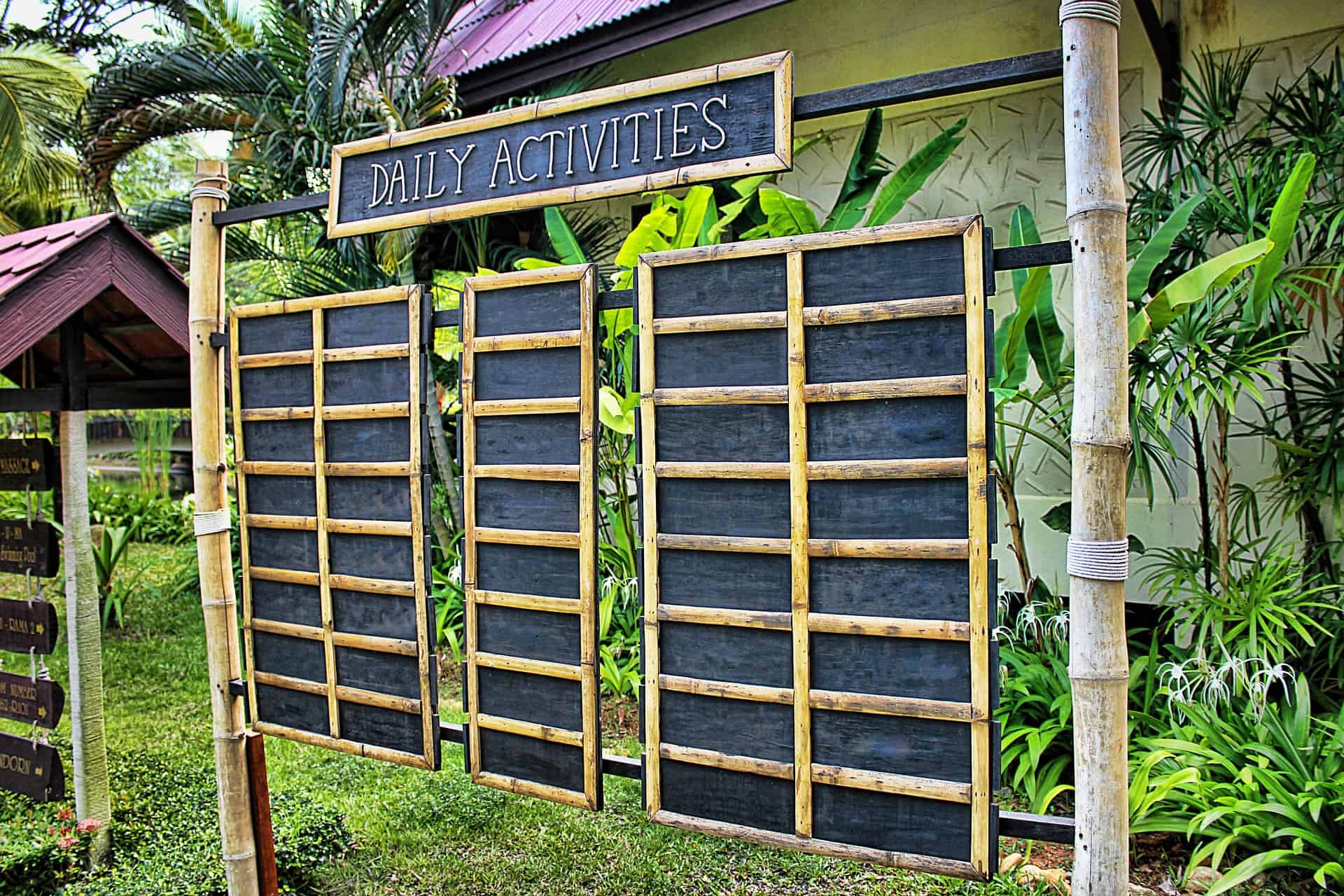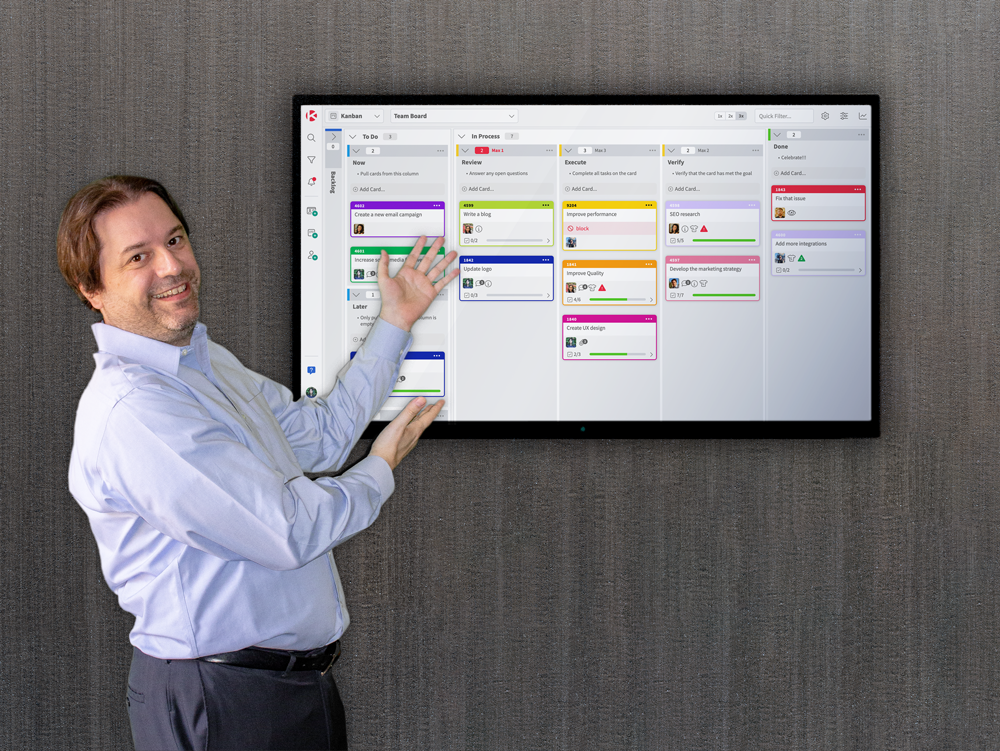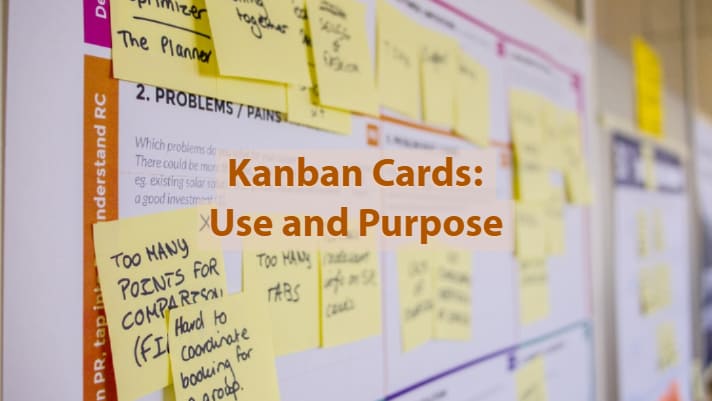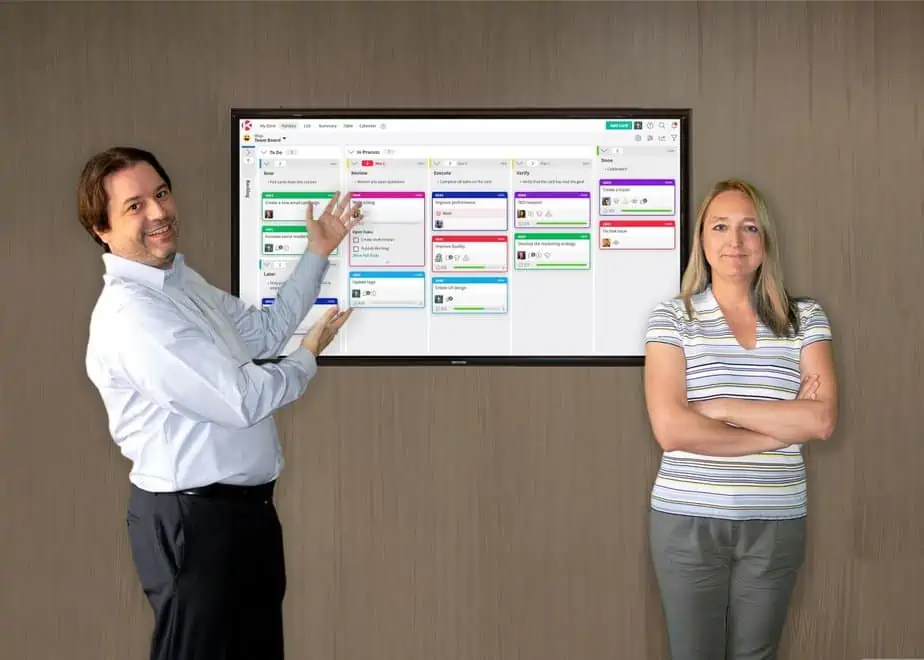Using Kanban to Create a Hybrid Agile Waterfall Methodology
Different organizations use different project management [and software development] approaches. Interestingly enough, there’s always a sense of rivalry between proponents of the Waterfall, Agile and Kanban methodologies. Truth is each approach has its pros and cons. But with Agile becoming the new industry standard, many companies are considering dropping
Kanban: The Next-Level To Do List
We have all used to do lists at one point in our lives. I know I still do. Usually when I need to put together my grocery list and wrap my head around simple daily chores. It’s simple, effective, and definitely better than trying to remember everything. Right? Well,
Why an Agile Coaches Built a Kanban Tool
Building a new tool was never our goal because who needs another tool? The problem was simple: our clients needed a simple tool that could infuse all the benefits of Kanban. To our surprise, the solution was not obvious because a Kanban tool is much more than a visual
Definition of Done on the Kanban Board
So you have your Kanban board ready. You have separate columns for each process step. Broke down all tasks into smaller ones. Then placed tasks and ideas that are waiting their turn in the backlog. And distributed the ones that are active across corresponding columns. You even set reasonable
What is a Kanban Card: Use and Purpose
The Kanban methodology greatly relies on the proper use of two tools: Kanban Board [IS1] and Kanban cards. If the Kanban board is the main workspace where the whole project and its processes are laid out, the cards are the visual representation of all the work necessary for successful
The Anatomy of a Kanban Board
A Kanban board is a tool for work visualization. To make the most of this work visualization tool, it's important that you understand the anatomy of a Kanban board. “Kanban” in Japanese means “visual signal”. This project management method uses visual signals for improving resource utilization, bottlenecks identification, and


